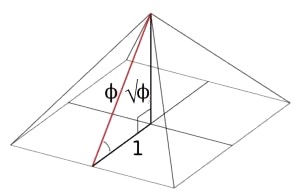hobbsyoyo
Deity
- Joined
- Jul 13, 2012
- Messages
- 26,575
Here's one of their builds that they had to alter after making some progress:The Pyramid of Khafre was built to appear taller than the Great Pyramid of Khufu. Along with the steeper sides, the pyramid is built on ground 10 metres higher than the base of the Great Pyramid. Earlier pyramid designs did experiment with steeper angles, but because of the size and mass of the pyramids, the steeper angles made the pyramids unstable.

The Bent Pyramid
I believe the pyramids built by the cultures to the south were much steeper than your stereotypical Egyptian one but much smaller.




